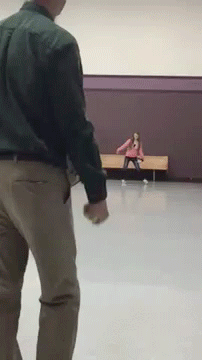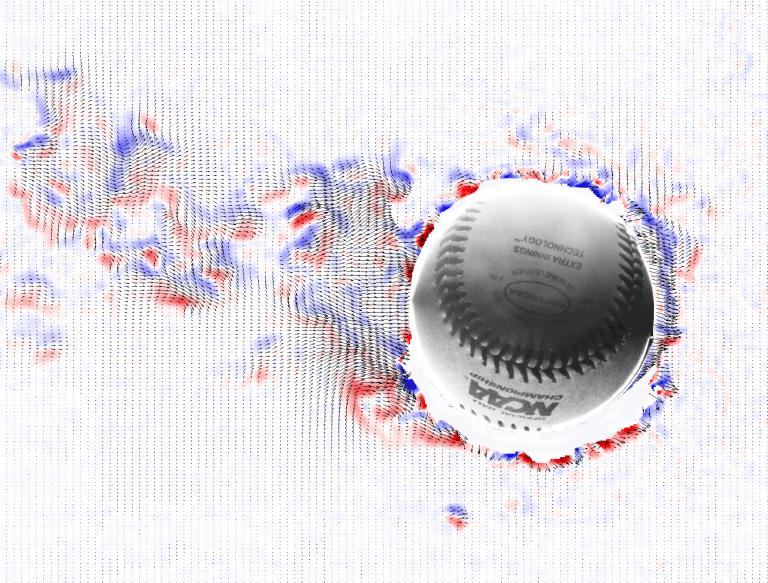Teaching the "Corkscrew Curve" - YouTube
I saw this video and thought the guy in it looked like Boardmember? If that is the case, I'd assume it would be worth paying attention too. After watching I was confused though and have heard turn the door knob in reference to throwing a screwball. The release off the hand appears to be similar to what I'd expect from a screwball also so I assuming I missing something. He mentioned closing some at release and not releasing to soon. Would that change the angle of the hand enough that the spin would be angled down and away from a right handed batter if thrown by a right handed pitcher?
I saw this video and thought the guy in it looked like Boardmember? If that is the case, I'd assume it would be worth paying attention too. After watching I was confused though and have heard turn the door knob in reference to throwing a screwball. The release off the hand appears to be similar to what I'd expect from a screwball also so I assuming I missing something. He mentioned closing some at release and not releasing to soon. Would that change the angle of the hand enough that the spin would be angled down and away from a right handed batter if thrown by a right handed pitcher?





